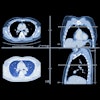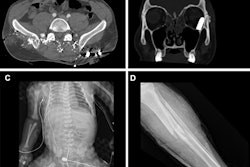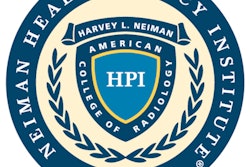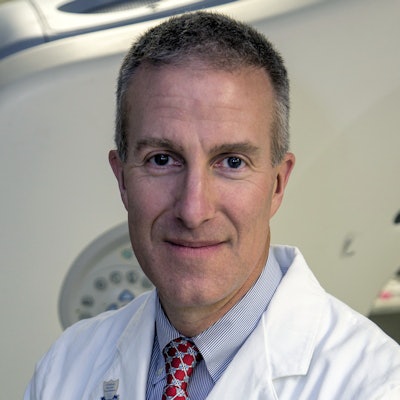
Dr. Richard Duszak received a phone call in the early hours of March 26. Just hours before, a deadly tornado ripped through the Mississippi area of Rolling Fork, a 90-minute drive from the University of Mississippi Medical Center (UMMC) in Jackson.
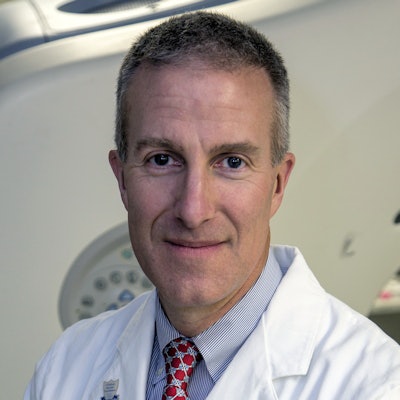 Dr. Richard Duszak.
Dr. Richard Duszak.The long-track tornado reportedly killed over two dozen people in Mississippi and eastern Alabama, injuring dozens more. Most, if not all, of the injured were transferred to UMMC's emergency department.
"I received a call saying 'Hey, we're being overwhelmed," said Duszak, who has served as chair of UMMC's radiology department since July 2022. "At that point, I started making phone calls to mobilize faculty who were ready, willing, and able to go to their home workstations."
Prior to his appointment as department chair, Duszak was vice chair of radiology at Emory University in Atlanta and president and CEO of West Reading Radiology Associates in Pennsylvania. In those roles, he also had to work through intermittent trauma scenarios. However, he did not have to deal with the challenges of natural disasters in an administrative setting before the March 26 tornado.
"To my recollection, this is the largest scale event that my department has participated in during my career," he said.
Duszak said UMMC's radiology department sprang into action with their mass casualty protocol as the first patients were admitted to the center, presenting with mostly crush injuries to organs and bones from falling debris and building materials. Spiral CT was the go-to modality for imaging most of these patients to scan multiple body parts at once.
Patients were being moved through the imaging process "quite well" as the emergency team coordinated care and prioritization with the radiology department. From there, images were sent to the physician workflow part of the triage for treatment.
Duszak said that by Saturday morning around 9 a.m., the workflow had stabilized to a "steady" state. He added that as of March 28, the center still has a higher volume of patients due to ongoing care of many of those trauma patients.
"We are the only academic medical center and level-one trauma center in the state," said Duszak. "We're really relied upon to deal with trauma and critically injured patients. We saw a huge stress on our imaging services."
Duszak said he believes UMMC's radiologists and emergency medicine professionals were well prepared. He added that CT plays an "increasingly vital role" in the evaluation of blunt trauma.
"It's just devastating and sad to see the death and injury and loss of people who aren't that far away from here," he said. "Every time we have one of these events, which hopefully will be infrequent, we go through an after-action assessment and see what we can do better. I'm incredibly proud of our technologists and physicians. Everyone who was asked to help bent over backward to care for the Mississippians in critical need."
Duszak also suggested that practices across the country should step back and look at their emergency protocols, as well as make their leadership teams and employees familiar with them. This could be in the form of refresher sessions or looking at other institutions and how they have handled crisis situations.
"It's sort of like the Boy Scout model; be prepared," he added.


